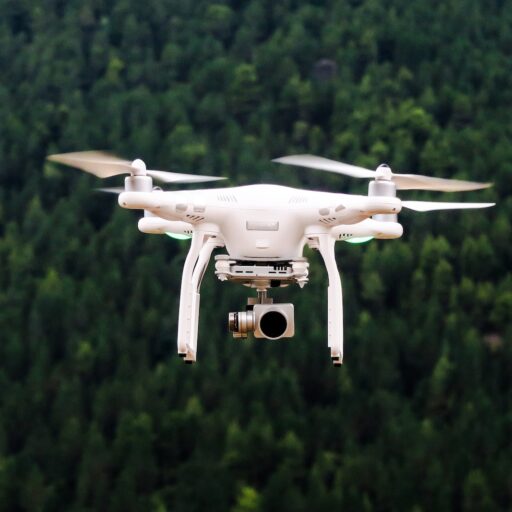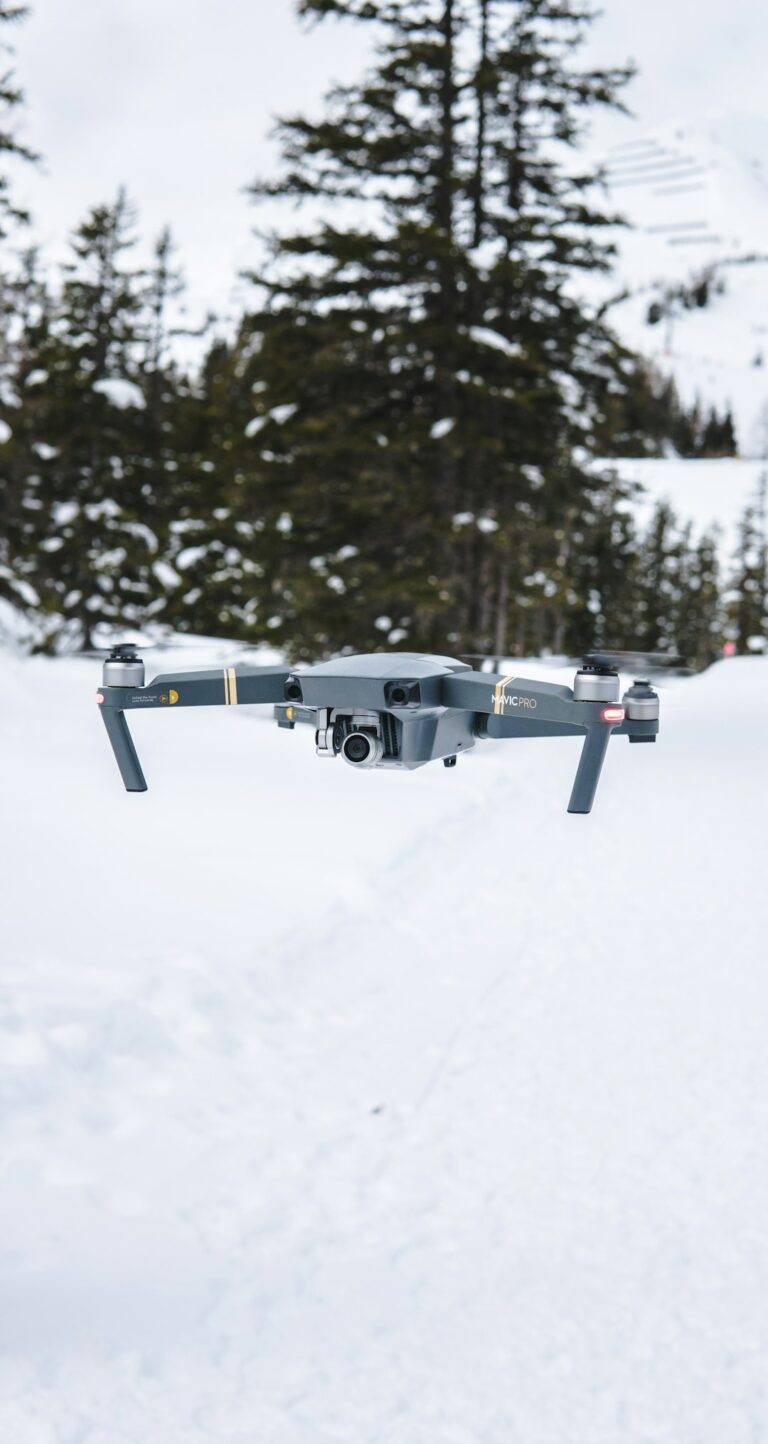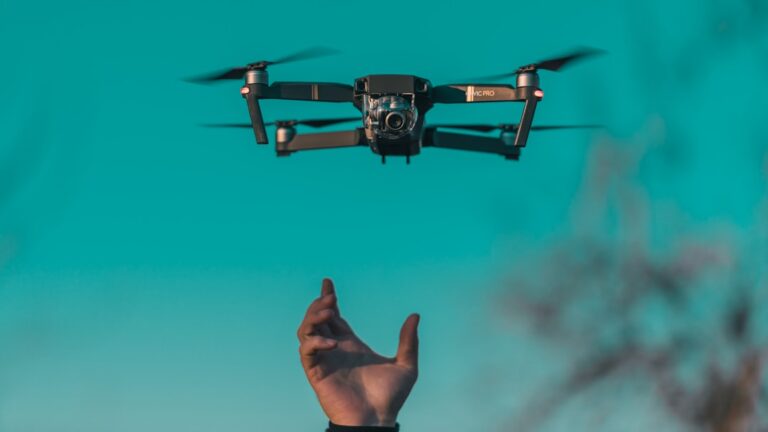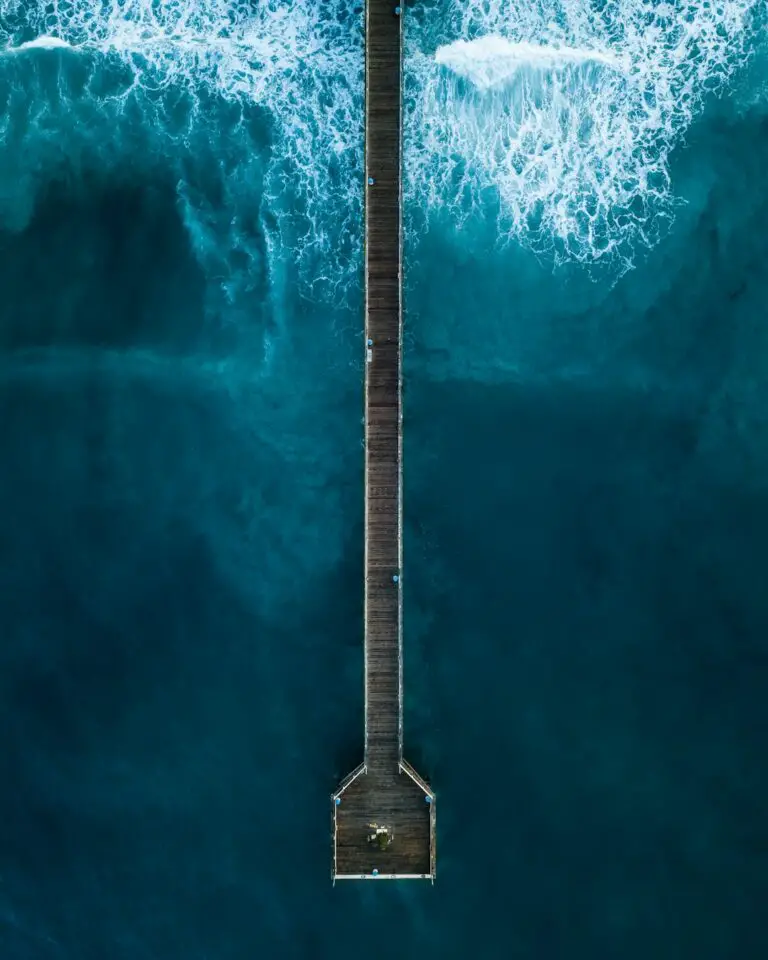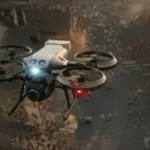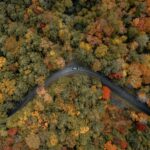Support our educational content for free when you purchase through links on our site. Learn more
Do I Need a License to Fly a Drone for Recreational Purposes? (2025) 🚁
Picture this: you’re at your favorite park, ready to launch your shiny new drone into the sky, capturing breathtaking aerial shots. But then a question buzzes in your mind louder than your drone’s propellers — “Do I actually need a license to fly this thing for fun?” Spoiler alert: the answer isn’t a simple yes or no. It depends on a few key factors, and knowing them can save you from hefty fines or grounded flights.
In this guide, we’ll unravel the mystery behind recreational drone licenses, break down FAA rules, and share insider tips from the Drone Brands™ team to keep your flights legal and hassle-free. Whether you’re a weekend hobbyist or a budding aerial photographer, by the end, you’ll know exactly what it takes to fly smart, safe, and fully compliant in 2025.
Key Takeaways
- Recreational drone pilots do NOT need a Part 107 license, but must register drones weighing over 0.55 pounds (250 grams).
- Passing the Recreational UAS Safety Test (TRUST) is mandatory for all hobby flyers.
- Always fly below 400 feet, keep your drone within visual line of sight, and avoid restricted airspace without authorization.
- Violating drone rules can lead to fines up to $27,500 or worse — so fly responsibly!
- Considering a commercial venture? That’s when the Part 107 license becomes essential.
Ready to pick your perfect drone for recreational flying? 👉 CHECK PRICE on:
- DJI Mavic Air 2: Amazon | Best Buy | DJI Official Website
- Parrot Anafi: Amazon | Best Buy | Parrot Official Website
Table of Contents
- ⚡️ Quick Tips and Facts
- So, You Want to Fly a Drone for Fun? 🎮 Understanding Recreational Drone Regulations
- A Brief Flight Through Regulatory History: How Drone Laws Evolved 📜
- Recreational vs. Commercial: The Million-Dollar Question (or, The Hobbyist’s Dilemma) 💸
- Do I Need a License? The Short Answer & The Nuances 🤔
- Navigating the Skies: Essential Requirements for Recreational Drone Pilots 🗺️
- 1. FAA Recreational Drone Registration: Your Drone’s ID Card 🏷️
- 2. The Recreational UAS Safety Test (TRUST): Your Ticket to the Air 🎓
- 3. Airspace Authorization: Where Can You Fly? 🚫
- 4. Visual Line of Sight (VLOS): Keep Your Eyes on the Prize 👀
- 5. Flying Safely: Rules of the Sky 📏
- 6. Model Aircraft Community-Based Organizations: The Unsung Heroes 🤝
- Weight Matters: When Your Drone’s Heft Changes the Rules ⚖️
- Beyond the Hobby: When Your ‘Fun’ Flight Becomes ‘Commercial’ 💼
- The Part 107 Certificate: When Recreational Isn’t Enough 🧑✈️
- Oops! What Happens If You Fly Without Following the Rules? 🚨
- Pro Tips for the Recreational Drone Enthusiast 💡
- The Future of Recreational Drone Flying: What’s Next? 🔮
- Conclusion: Fly Smart, Fly Safe, Fly Free! 🚀
- Recommended Links: Your Go-To Resources 🔗
- Frequently Asked Questions (FAQ) ❓
- Reference Links: Where We Got Our Facts 📚
Quick Tips and Facts
To get started with flying your drone for recreational purposes, it’s essential to understand the basics. First and foremost, check where you can fly your drone at https://www.dronebrands.org/where-can-i-fly-my-drone/. Here are some key points to consider:
- The Federal Aviation Administration (FAA) regulates drone flights in the United States.
- Recreational drone pilots must follow specific guidelines, including registering their drones if they weigh over 0.55 pounds (250 grams).
- The Recreational UAS Safety Test (TRUST) is a free online test that recreational drone pilots must pass to ensure they understand safety guidelines.
- For more information on drone laws and regulations, visit our Drone Laws and Regulations page.
Key Takeaways
Before you start flying, make sure you understand the following:
- Visual Line of Sight (VLOS): Always keep your drone in sight.
- Altitude Limit: Do not fly above 400 feet above ground level.
- Airspace Authorization: Check if you need authorization to fly in certain areas.
- Drone Registration: Register your drone if it weighs over 0.55 pounds.
So, You Want to Fly a Drone for Fun? 🎮 Understanding Recreational Drone Regulations
Flying a drone for recreational purposes can be an exciting hobby. However, it’s crucial to understand the regulations surrounding it. According to the FAA, recreational drone pilots do not need a Part 107 license, but they must follow specific guidelines.
Recreational Drone Pilot Requirements
To fly a drone for fun, you must:
- Register your drone if it weighs over 0.55 pounds.
- Pass the Recreational UAS Safety Test (TRUST).
- Follow Visual Line of Sight (VLOS) rules.
- Do not fly above 400 feet above ground level.
For more information on recreational drone flying, visit the Know Before You Fly website.
A Brief Flight Through Regulatory History: How Drone Laws Evolved 📜
The regulations surrounding drone flying have evolved significantly over the years. According to Pilot Institute, the FAA has established clear guidelines for recreational and commercial drone pilots.
Milestones in Drone Regulation
- 2015: The FAA introduces drone registration requirements.
- 2016: The FAA releases the Part 107 rule, which regulates commercial drone flights.
- 2020: The FAA introduces the Recreational UAS Safety Test (TRUST) for recreational drone pilots.
Recreational vs. Commercial: The Million-Dollar Question (or, The Hobbyist’s Dilemma) 💸
The distinction between recreational and commercial drone flying is crucial. According to Flying Magazine, recreational drone pilots fly for fun, while commercial drone pilots fly for profit.
Recreational Drone Flying
Recreational drone pilots:
- Do not need a Part 107 license.
- Must register their drones if they weigh over 0.55 pounds.
- Must pass the Recreational UAS Safety Test (TRUST).
Commercial Drone Flying
Commercial drone pilots:
- Need a Part 107 license.
- Must register their drones, regardless of weight.
- Must follow specific guidelines, including Visual Line of Sight (VLOS) rules.
For more information on commercial drone flying, visit our Drone Business Opportunities page.
Do I Need a License? The Short Answer & The Nuances 🤔
Whether or not you need a license to fly a drone depends on the purpose of your flight. According to the FAA, recreational drone pilots do not need a Part 107 license, but they must follow specific guidelines.
License Requirements
- Recreational Drone Pilots: Do not need a Part 107 license.
- Commercial Drone Pilots: Need a Part 107 license.
Navigating the Skies: Essential Requirements for Recreational Drone Pilots 🗺️
To fly a drone for recreational purposes, you must meet certain requirements. According to Know Before You Fly, recreational drone pilots must register their drones if they weigh over 0.55 pounds.
1. FAA Recreational Drone Registration: Your Drone’s ID Card 🏷️
To register your drone, visit the FAA DroneZone website.
2. The Recreational UAS Safety Test (TRUST): Your Ticket to the Air 🎓
To pass the Recreational UAS Safety Test (TRUST), visit the FAA website.
3. Airspace Authorization: Where Can You Fly? 🚫
To check if you need authorization to fly in certain areas, visit the FAA DroneZone website.
4. Visual Line of Sight (VLOS): Keep Your Eyes on the Prize 👀
Always keep your drone in sight while flying.
5. Flying Safely: Rules of the Sky 📏
Follow specific guidelines, including Visual Line of Sight (VLOS) rules and altitude limits.
6. Model Aircraft Community-Based Organizations: The Unsung Heroes 🤝
Consider joining a community-based organization, such as the Academy of Model Aeronautics (AMA), for support and resources.
Weight Matters: When Your Drone’s Heft Changes the Rules ⚖️
The weight of your drone can affect the regulations you must follow. According to Pilot Institute, drones weighing over 0.55 pounds must be registered.
Drone Weight Categories
- Under 0.55 pounds: No registration required.
- Over 0.55 pounds: Registration required.
Beyond the Hobby: When Your ‘Fun’ Flight Becomes ‘Commercial’ 💼
If you plan to use your drone for commercial purposes, you must meet specific requirements. According to the FAA, commercial drone pilots need a Part 107 license.
Commercial Drone Pilot Requirements
- Part 107 license: Required for commercial drone pilots.
- Drone registration: Required for all commercial drones, regardless of weight.
The Part 107 Certificate: When Recreational Isn’t Enough 🧑✈️
The Part 107 certificate is required for commercial drone pilots. According to Pilot Institute, the certificate ensures that commercial drone pilots understand the regulations and safety guidelines.
Part 107 Certificate Requirements
- Age: Must be at least 16 years old.
- Language: Must be able to read, write, understand, and speak English.
- Physical and mental fitness: Must be physically and mentally fit to fly a drone.
- Knowledge test: Must pass a 60-item knowledge test.
Oops! What Happens If You Fly Without Following the Rules? 🚨
Flying without following the rules can result in penalties. According to the FAA, recreational drone pilots who fail to register their drones or follow safety guidelines may face fines.
Penalties for Non-Compliance
- Fines: Up to $27,500 for recreational drone pilots.
- Criminal penalties: Possible imprisonment for up to 3 years.
Pro Tips for the Recreational Drone Enthusiast 💡
To get the most out of your recreational drone flying experience, follow these tips:
- Always follow safety guidelines: Keep your drone in sight and avoid flying over crowds.
- Register your drone: If it weighs over 0.55 pounds.
- Pass the Recreational UAS Safety Test (TRUST): To ensure you understand safety guidelines.
The Future of Recreational Drone Flying: What’s Next? 🔮
The future of recreational drone flying is exciting, with new technologies and innovations emerging. According to Drone Industry News, advancements in drone design and safety features will continue to shape the industry.
Emerging Trends
- Improved safety features: Enhanced safety features, such as obstacle avoidance systems.
- Increased accessibility: More affordable and user-friendly drones for recreational pilots.
For more information on the latest drone industry news, visit our Drone Industry News page.
To learn more about the best drones for beginners, visit our Beginner Drones page.
To explore the various drone brand guides, visit our Drone Brand Guides page.
To discover the latest drone business opportunities, visit our Drone Business Opportunities page.
To stay updated on the latest drone laws and regulations, visit our Drone Laws and Regulations page.
If you’re looking for a specific drone, you can 👉 CHECK PRICE on:
- DJI Mavic Air 2: Amazon | Best Buy | DJI Official Website
- Parrot Anafi: Amazon | Best Buy | Parrot Official Website
Conclusion: Fly Smart, Fly Safe, Fly Free! 🚀
After soaring through the ins and outs of recreational drone flying, here’s the bottom line from your Drone Brands™ aerial adventurers: You do not need a Part 107 license to fly a drone purely for fun, but you do need to register your drone if it weighs more than 0.55 pounds (250 grams) and pass the Recreational UAS Safety Test (TRUST). These steps ensure you’re flying legally and safely, keeping the skies friendly for everyone.
Remember, recreational flying isn’t a free-for-all — staying within altitude limits, maintaining visual line of sight, and respecting airspace restrictions are non-negotiable. Think of it like a dance with the sky: follow the rhythm (rules), and you’ll glide effortlessly.
If you’re tempted to turn your hobby into a hustle, that’s when the Part 107 license enters the picture, unlocking commercial opportunities but demanding more responsibility.
We hope this guide cleared the fog around drone licensing for recreational use. Now, go out there, fly smart, and capture those breathtaking aerial moments — responsibly!
Recommended Links: Your Go-To Resources 🔗
👉 CHECK PRICE on:
- DJI Mavic Air 2: Amazon | Best Buy | DJI Official Website
- Parrot Anafi: Amazon | Best Buy | Parrot Official Website
Books for deeper drone knowledge:
- “The Drone Pilot’s Handbook” by Adam Juniper — Amazon Link
- “Drones for Dummies” by Mark LaFay — Amazon Link
Frequently Asked Questions (FAQ) ❓
What are the rules for flying a drone recreationally in my country?
Drone regulations vary globally, but in the U.S., recreational flyers must follow FAA rules: fly below 400 feet, keep your drone within visual line of sight, avoid flying near airports or restricted airspace without authorization, and never fly over people or moving vehicles. Other countries have similar frameworks, often requiring registration and safety tests. Always check your local aviation authority’s website for the latest rules.
Read more about “What Kind of Insurance Do I Need to Start a Commercial Drone Business? 🛡️ (2025)”
Do I need to register my drone for recreational use with the aviation authority?
✅ If your drone weighs more than 0.55 pounds (250 grams), U.S. law requires you to register it with the FAA. Registration is a simple online process via the FAA DroneZone. The registration number must be displayed on your drone. If your drone is lighter, registration is not required, but you still must follow all safety rules.
What are the altitude and airspace restrictions for recreational drone flying?
You must fly below 400 feet above ground level (AGL) to avoid interfering with manned aircraft. Flying near airports or in controlled airspace requires prior authorization through the FAA’s LAANC system or other official channels. Avoid restricted zones like military bases or national security areas. Tools like the FAA’s B4UFLY app help you check airspace restrictions in real time.
Read more about “Where Is It OK to Fly a Drone? 12 Must-Know Spots in 2025 🚁”
Can I fly a drone in national parks or other protected areas for recreational purposes?
❌ Generally, flying drones in U.S. national parks is prohibited without special permits due to wildlife disturbance and visitor safety concerns. Some protected areas may allow drone flights, but always check with the managing authority before taking off. Respecting these rules helps preserve natural habitats and avoids hefty fines.
How old do I have to be to fly a drone recreationally, and are there any other requirements?
There is no federal minimum age to fly a drone recreationally in the U.S., but you must be able to understand and follow the rules. For registration, the FAA requires the registrant to be at least 13 years old; younger pilots must have a parent or guardian register on their behalf. Passing the TRUST test is mandatory for all recreational flyers, regardless of age.
What safety precautions should I take when flying a drone for recreational purposes?
- Always keep your drone within visual line of sight.
- Avoid flying over people, moving vehicles, or private property without permission.
- Check weather conditions — avoid flying in rain, fog, or high winds.
- Never fly under the influence of alcohol or drugs.
- Maintain awareness of manned aircraft and yield right of way.
- Follow local laws and respect privacy.
Read more about “Can I Fly My Drone at Night? 7 Must-Know Tips for 2025 🌙”
Are there any specific drone features or equipment required for safe recreational flying?
While not legally required, drones equipped with GPS stabilization, obstacle avoidance sensors, and return-to-home functions greatly enhance safety and ease of flying. Some models, like the DJI Mavic Air 2, come packed with these features, making them excellent choices for beginners and hobbyists alike.
Reference Links: Where We Got Our Facts 📚
- Federal Aviation Administration (FAA) – Recreational Flyers & Modeler Community
- FAA DroneZone Registration Portal – https://faadronezone.faa.gov/
- Know Before You Fly – https://knowbeforeyoufly.org/recreational/
- Pilot Institute – Who Needs a License to Fly a Drone?
- Academy of Model Aeronautics (AMA) – https://www.modelaircraft.org/
- DJI Official Website – https://www.dji.com/
- Parrot Official Website – https://www.parrot.com/
For more detailed insights on drone licensing and regulations, check out our Drone Laws and Regulations section at Drone Brands™.
